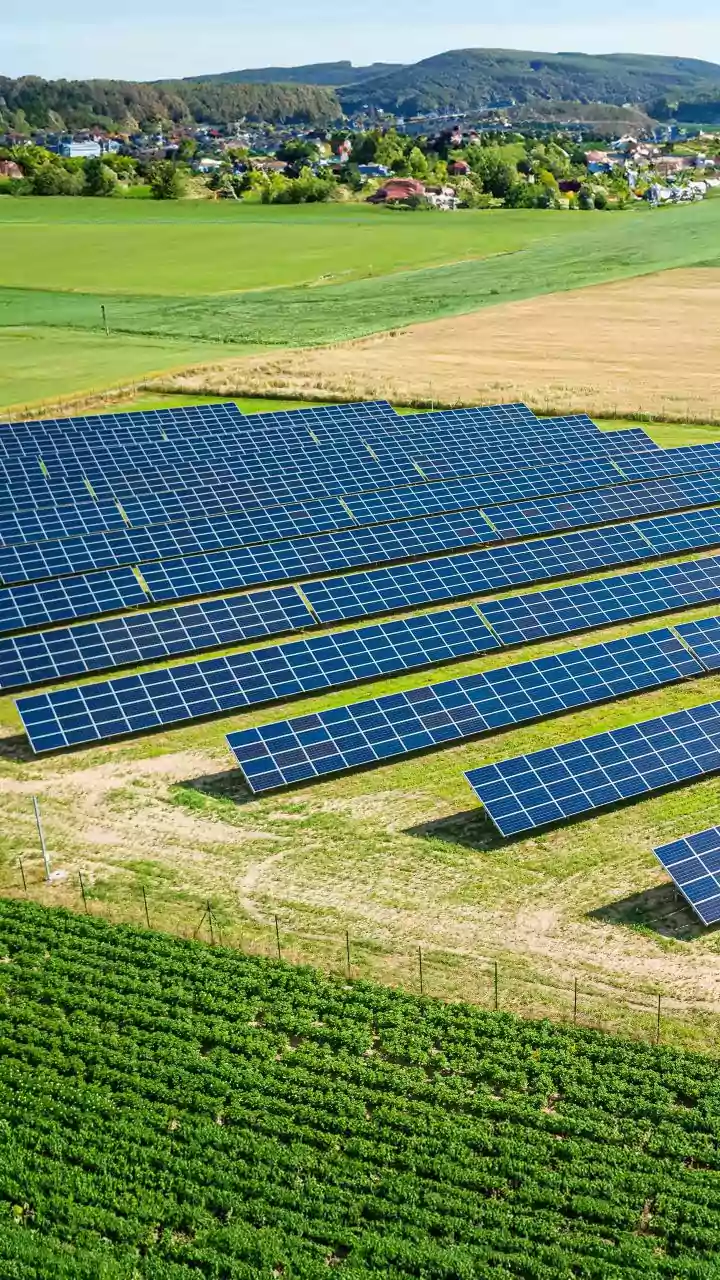Pollution's Harmful Effects
During periods of high pollution, children can face various health challenges. According to Dr. Sufla Saxena, HOD – Paediatrics and Paediatric Gastroenterology
and Hepatology, Manipal Hospital Dwarka, New Delhi, common symptoms include coughing, throat irritation, burning eyes, headaches, and fatigue. These immediate reactions can significantly affect a child's daily life, disrupting their activities and overall comfort. Furthermore, the invisible threat of air pollution extends beyond immediate discomfort. Prolonged exposure can lead to more serious and long-term health concerns, emphasizing the critical need for preventive measures. Air pollution not only impacts the respiratory system but also affects the gut, as explained by Dr. Saxena. This dual impact highlights the importance of comprehensive protection strategies.
Long-Term Health Risks
Continued exposure to polluted air presents serious long-term consequences for children's health. Dr. Saxena notes that consistent interaction with polluted air can hinder lung development, potentially diminishing lung capacity as children mature. This means the ability of their lungs to function efficiently is compromised, affecting their overall health and well-being in the future. Parents should be aware of this risk and take appropriate actions to mitigate their children's exposure to hazardous air. It is essential to proactively safeguard children's respiratory health, as it is crucial for a child's general development. Furthermore, children might also report feeling pressure in their chests after outdoor activities and experience unusual tiredness. Recognizing these signs helps parents to understand the impact of pollution and take appropriate action.
Building Safe Habits
Proactive measures are crucial to combat the adverse effects of air pollution on children. Parents can implement several strategies to lessen their children’s exposure to harmful particles. Monitor the air quality before allowing children to play outdoors. Checking air quality levels allows for informed decisions, such as limiting outdoor activities on high-pollution days. Prioritizing indoor air quality is another essential step. Investing in air purifiers can drastically reduce the concentration of pollutants indoors, providing a cleaner and healthier environment. Regular monitoring of symptoms, and seeking timely medical advice when needed, is also crucial. By adopting these habits, parents can provide cleaner air for their kids and safeguard their long-term health, building healthier environments and protecting their children from harmful exposure.



















